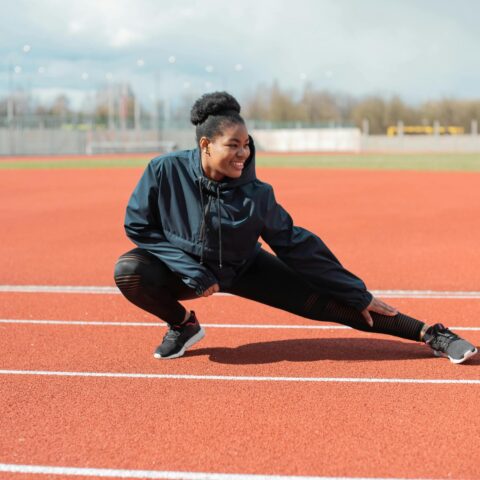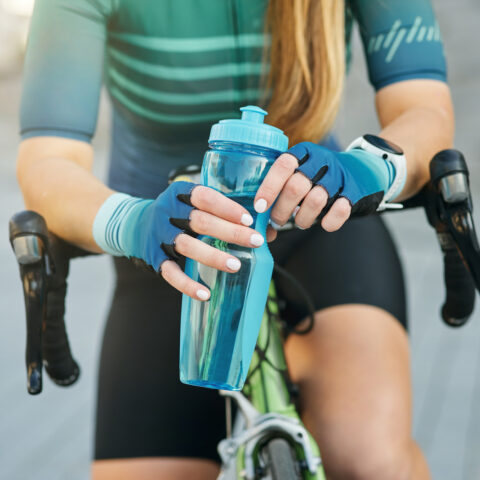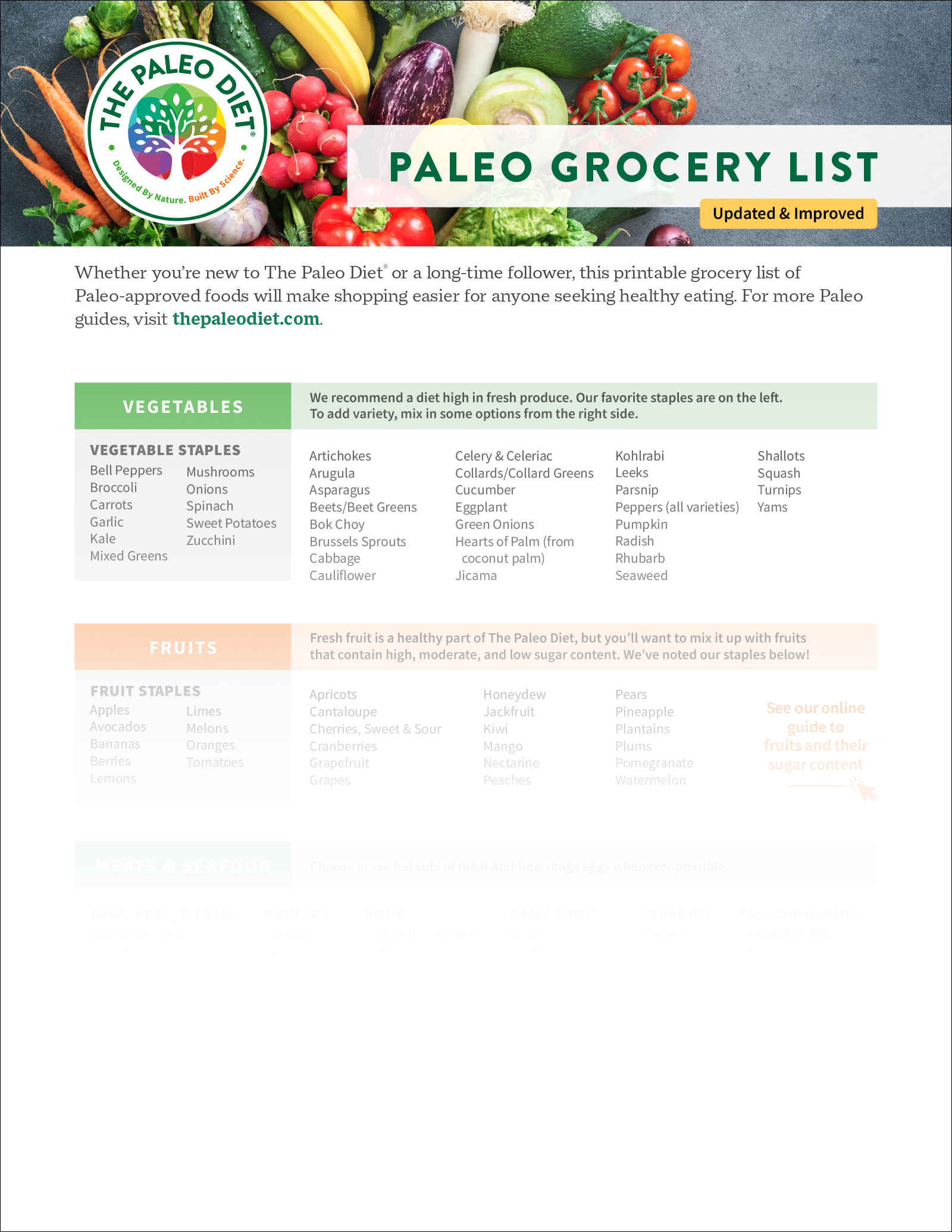The Science of Nutrient Timing: When to Eat Before and After a Workout
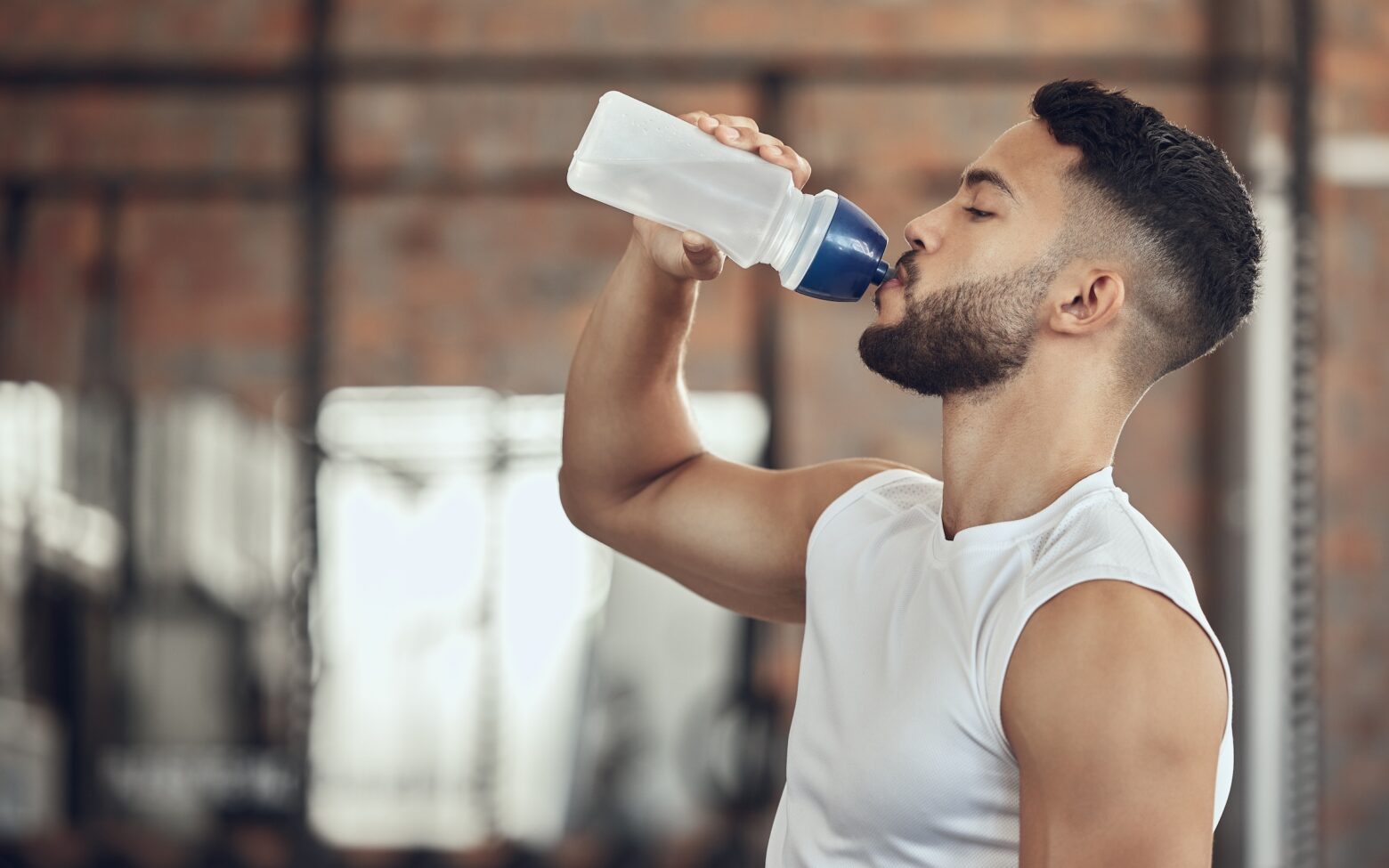
Achieving peak performance and recovery starts with understanding what your body needs to fuel your workout. Nutrition and hydration strategies are important to both your workout and overall health.
Imagine it as building a pyramid: the foundation is a diet rich in protein and carbohydrates to provide essential energy. Next, meal timing, while less crucial than total intake, optimizes muscle repair and energy restoration. At the top are advanced strategies like periodization and carbohydrate-restricted training, which might fine-tune performance and long-term adaptation, but have also had questionable results in the research so we caution about using them.1
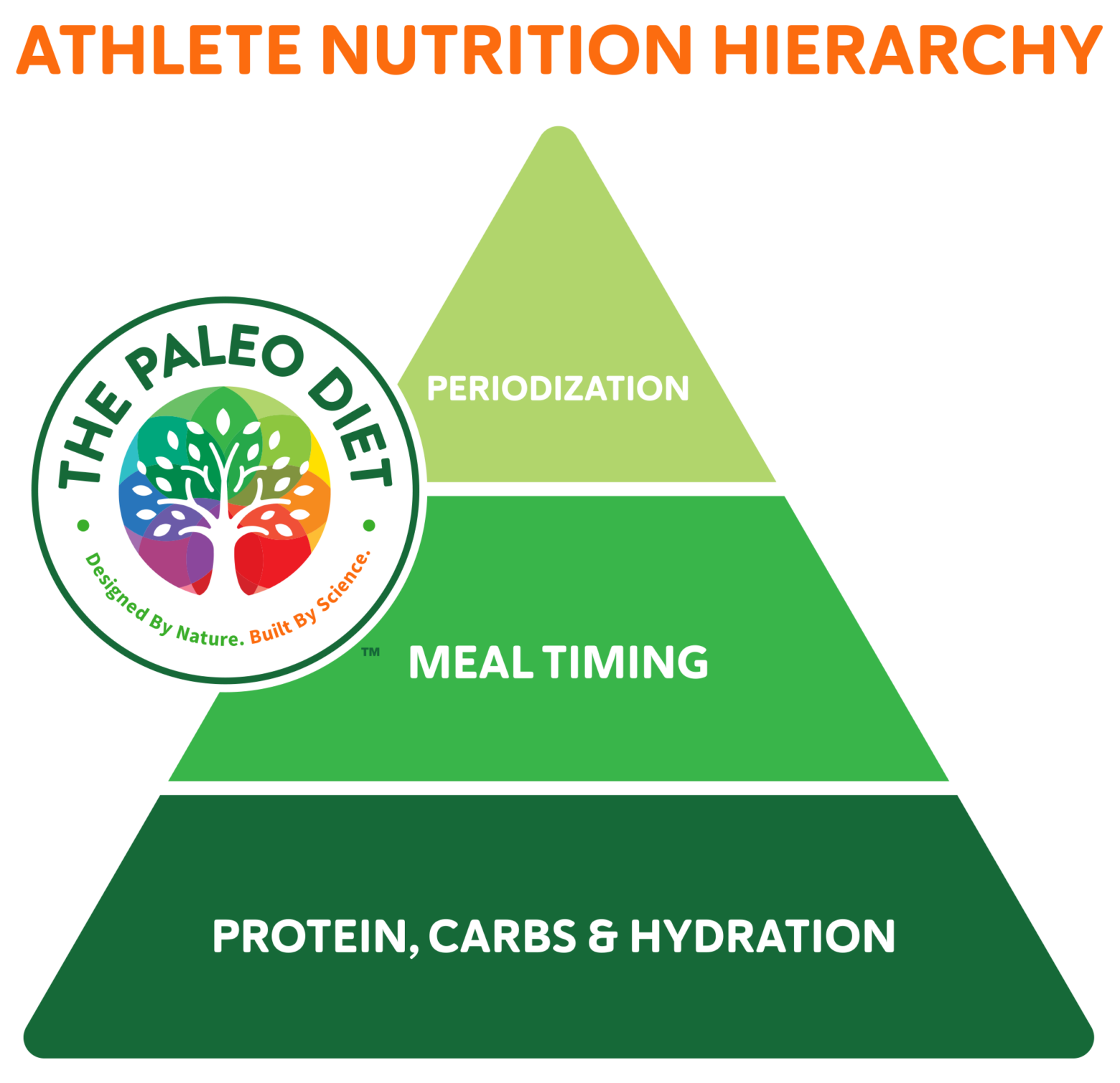
If you’re already consuming the recommended amounts of protein and carbohydrates, as well as staying hydrated, you can begin timing your meals. There are different nutrient timing recommendations based on what you want to accomplish: weight loss, muscle growth, or performance and endurance.
RELATED: Sports Nutrition Basics: Fueling for Exercise
Carbohydrates
Carbohydrates are your body’s quickest and most accessible energy source, fueling everything from daily activities to essential functions, contracting your muscles, and making energy. All carbohydrates are some combination of glucose, fructose, and galactose which are ultimately the fuel our cells need to operate. There is a fourth—lactose—but many of us lose our ability to break it down in adulthood.
Glucose is the most important of our carbohydrates and our muscles store glucose for later use in a form called glycogen. Our muscles will initially use a mix of muscle glycogen and glucose in the blood for fuel. After muscle glycogen is depleted, your body turns to glycogen stored in the liver. Maintaining our blood sugar levels are very important, so our bodies don’t want to deplete their glycogen. The body will increasingly rely on fat and then protein to fuel the muscles and will also start creating new glucose in the liver.1
To quickly replenish glucose, you should consume a simple carbohydrate before or toward the beginning of your workout. Some sources of quick-digesting, simple carbohydrates compatible with The Paleo Diet® include most fruits and berries, fresh-squeezed juices, and honey.
RELATED: The Endurance Training Dilemma: High Carb vs. Low Carb
Just be careful about eating any high glycemic foods with 30 minutes of your exercise. That can cause an effect called reactive hypoglycemia which will make you feel depleted at the start of your workout or event.
Many would argue that breakfast is the most important meal of the day. Skipping breakfast, even if you eat lunch later before your workout, causes reduced performance when working out.1 So if you want to optimize your performance and endurance in the gym, make sure to eat soon after you wake up.
Complex carbohydrates break down slowly for a more sustained source of energy. Some Paleo sources of complex carbs are tomatoes, spinach, mushrooms, sweet potatoes, carrots, and squash.
When Should You Eat Carbohydrates?
Weight Loss: Training in a fasted state spurs your body to use fat for fuel more quickly than if your glycogen and glucose stores are full, but your performance would suffer.2 Focus on fueling for performance during your workout and make sure to eat less throughout the rest of the day if your goal is to lose weight.
RELATED: Sleep Low Sports Nutrition for Athletes
Muscle Growth: After resistance training, there is a window of opportunity when your muscles are more sensitive to glucose, and it is much easier to refill your muscle glycogen stores. If you’re slow to replenish your carbohydrates during this time, it can result in muscle breakdown and inflammation.1,3 So be sure to eat carbs after training.
Endurance & Performance: In any exercise that is shorter and high-intensity, or longer and medium-intensity (45+ minutes) you are going to deplete much of your muscle’s glycogen stores, resulting in poor performance. To help with that, consume quick-digesting carbs toward the beginning and middle of your workout to keep your blood sugar high.1
Protein
Protein is one of the most important muscle-building nutrients because it breaks apart during digestion into amino acids, which are used to build muscle, repair tissues, and make hormones and neurotransmitters.
When we damage our muscles through training, we need amino acids to fix them. In the absence of protein, muscles break down, causing weaker gains in strength.1 But when you have enough protein, muscle protein synthesis occurs, allowing your muscles to grow and repair after a session.
RELATED: The Critical Role Protein Plays in Bone Health
Controversy exists about how much protein the body can process in one sitting, which is why research supports spreading your protein intake throughout the day. We often try to cram all of our protein into our major meals, but eating that 8 oz. chicken breast (about 70 g of protein) for dinner likely won’t result in more muscle growth than a 4 oz. chicken breast. Lower limits suggest 0.4 g/kg/meal over 4 meals, and up to .55 g/kg/meal.4 So for a 165-lb person, that’s about 30-40 grams of protein per meal.
Some of the best Paleo sources of protein are lean meats, eggs, and fish. Meats and eggs also contain creatine, which can be useful for muscular endurance and hydration.
When Should You Eat Protein?
Weight Loss: Protein digestion burns calories, meaning that upping your protein intake from 15% of your diet to 30% can burn between 30 and 60 more calories per day.5 It’s also the most satiating nutrient, so its ability to make you feel full can help reduce the desire to overeat. For weight loss, try to spread your protein intake, but avoid it before working out if you want to leverage the fat-burning capabilities of fasted exercise.
Muscle Growth: Spreading your protein out throughout your day in 4-6 meals will optimize muscle growth. If you’re doing strength training that day, sandwiching your workout with a serving of protein before and after will limit muscle breakdown during the post-exercise window.1
RELATED: Are Protein Powders Paleo?
Endurance & Performance: Eating a hearty serving of protein at breakfast will help you perform well during a training session.1 After your workout, spread out the rest of your protein intake for the day.
Electrolytes and Water
Electrolytes are minerals that dissociate in solution and are able to conduct an electrical current. They help to maintain homeostasis, hydration, muscle function, and generate cellular energy.6 When we work out, we lose electrolytes in our sweat. Our most important electrolytes are sodium, potassium, chloride, calcium, and magnesium. When electrolyte levels dip too low, it can cause symptoms of dehydration like confusion, cramps, weakness, and dizziness.
RELATED: Are You Getting Enough Electrolytes When Training?
You can replace your electrolytes with things like citrus fruits, coconut water, watermelon, bananas, and leafy greens, or you can use a pinch of sea salt or Himalayan salt in your post-workout water.
When Should You Use Electrolytes?
The more you sweat, the more water and electrolytes you lose. Combining electrolytes and carbohydrates provides the perfect fuel to operate at peak capacity.
Experts recommend starting with 13-20 ounces of water 2 hours before exercise, then sporadically drinking a carbohydrate and electrolyte beverage while working out. If you’ve had a particularly sweaty workout, be sure to consume water and a high-sodium food (like celery), because sodium and chloride are the electrolytes that deplete the fastest.6
Applying Nutrient Timing
Aside from our most important components—carbohydrates, protein, and electrolytes—caffeine can be a great addition for those who are not sensitive to it. Consuming caffeine before a workout enhances motivation, focus, temporarily increases your metabolism, and may even help you push harder.
Here’s how you can fuel optimally for each goal, assuming a 10:30 a.m. or 11 a.m. workout session:
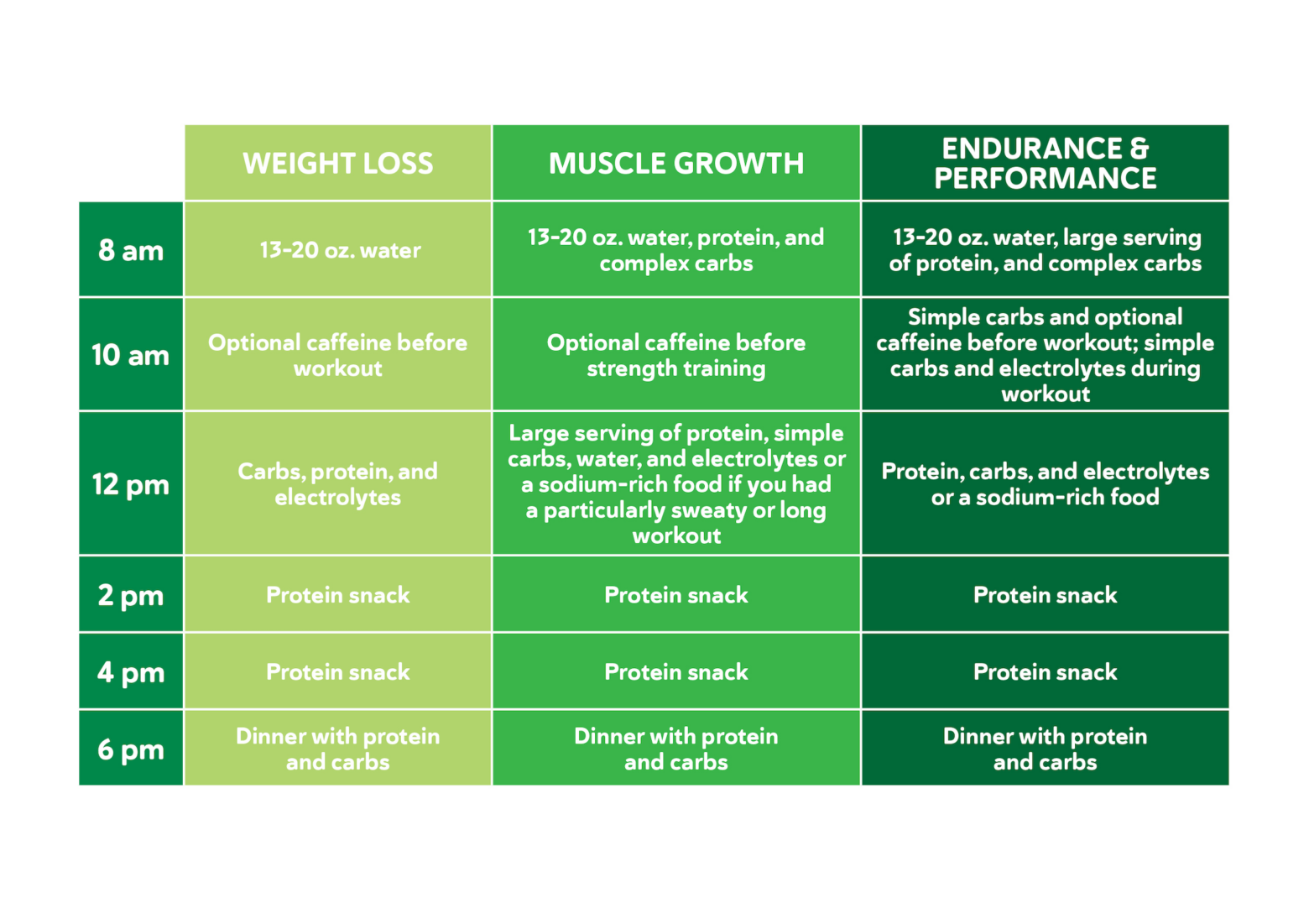
As always, the focus for fuel throughout your day should be on whole Paleo foods. For recipe inspiration on what to eat before, during, or after a workout, explore our Paleo Recipes for Athletes page, or see our sample menus for endurance athletes.
References
- Arent, S. M., Cintineo, H. P., McFadden, B. A., Chandler, A. J., & Arent, M. A. (2020). Nutrient timing: A garage door of opportunity? Nutrients, 12(7). https://doi.org/10.3390/nu12071948
- Aird, T. P., Davies, R. W., & Carson, B. P. (2018). Effects of fasted vs Fed‐state exercise on performance and post‐exercise metabolism: A systematic review and meta‐analysis. Scandinavian Journal of Medicine & Science in Sports, 28(5). https://doi.org/10.1111/sms.13054
- King, A., Helms, E., Zinn, C., & Jukic, I. (2022). The ergogenic effects of acute carbohydrate feeding on resistance exercise performance: A systematic review and meta-analysis. Sports Medicine, 52(11). https://doi.org/10.1007/s40279-022-01716-w
- Schoenfeld, B. J., & Aragon, A. A. (2018). How much protein can the body use in a single meal for muscle-building? implications for daily protein distribution. Journal of the International Society of Sports Nutrition, 15(1). https://doi.org/10.1186/s12970-018-0215-1
- Halton, T. L., & Hu, F. B. (2004). The effects of high protein diets on thermogenesis, satiety and Weight Loss: A critical review. Journal of the American College of Nutrition, 23(5). https://doi.org/10.1080/07315724.2004.10719381
- Latzka, W. A., & Montain, S. J. (1999). Water and electrolyte requirements for exercise. Clinics in Sports Medicine, 18(3). https://doi.org/10.1016/s0278-5919(05)70165-4
Madeleine Hartmann
Madeleine brings expertise from her professional background in both emergency medicine and physical wellness to her writing. She prioritizes creating evidence-based content that makes complex health topics accessible and engaging.
More About The Author
